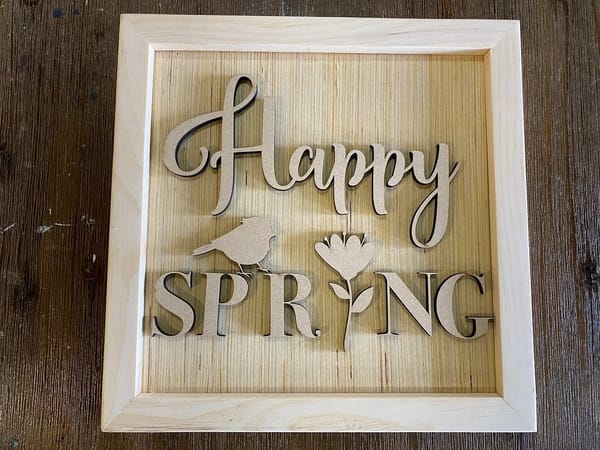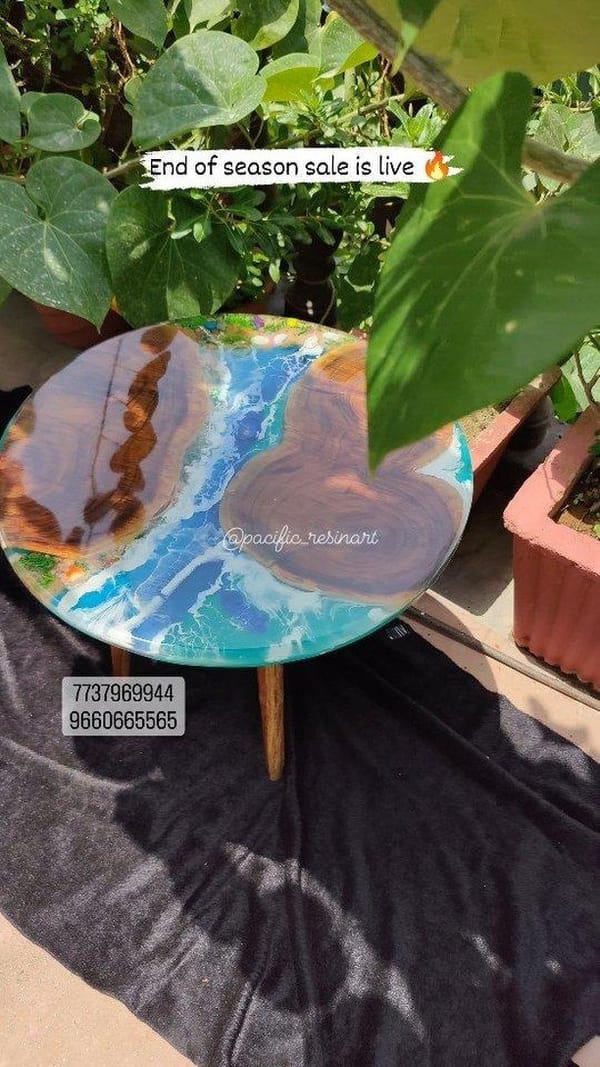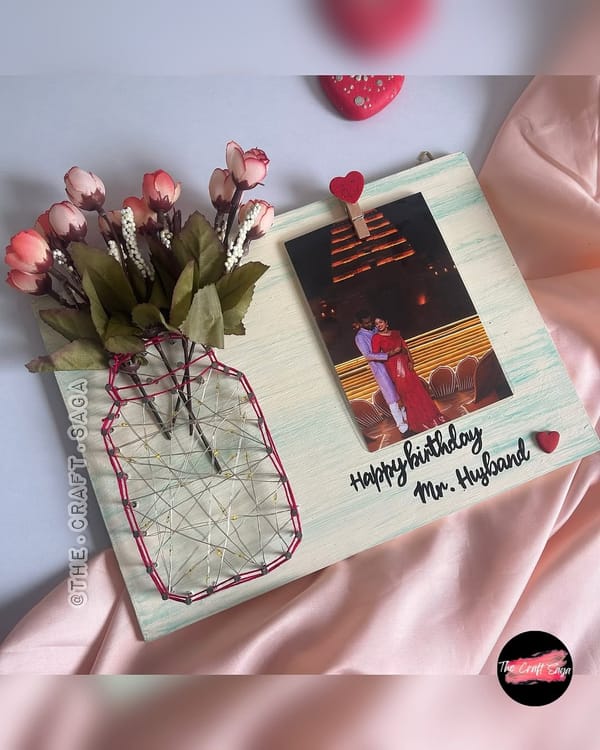25 Garden Plans & Layouts to Transform Your Outdoor Space
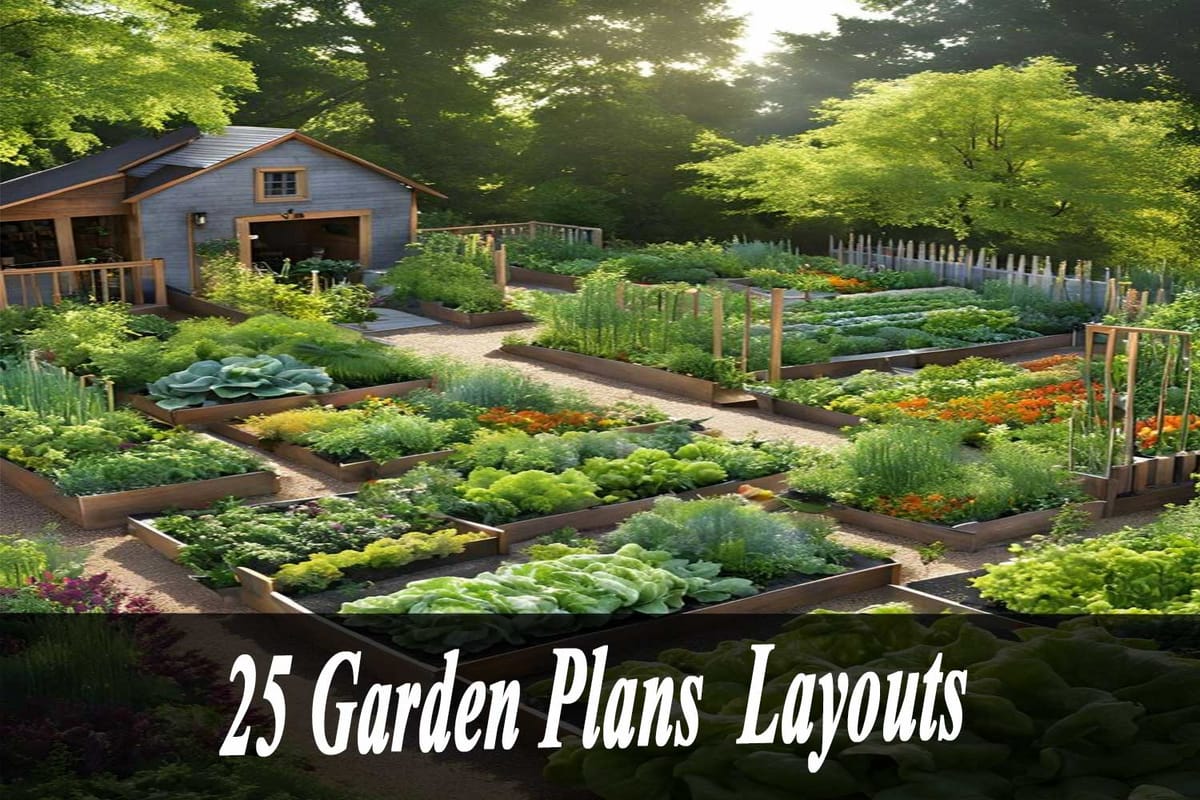
Creating a beautiful and functional garden starts with a well-thought-out plan. Whether you have a sprawling backyard or a compact balcony, the right layout can maximize your space, enhance aesthetics, and make gardening more enjoyable. In this article, I’ll share 25 garden plans and layouts to inspire your next outdoor project. From vegetable gardens to flower beds, these ideas will help you design a space that suits your needs and style.
1. Classic Rectangular Raised Beds

Raised beds are perfect for organizing your garden and improving soil drainage. Arrange rectangular beds in parallel rows with pathways in between for easy access. This layout works well for vegetable gardens, herb gardens, or flower beds.
2. Circular Garden Design
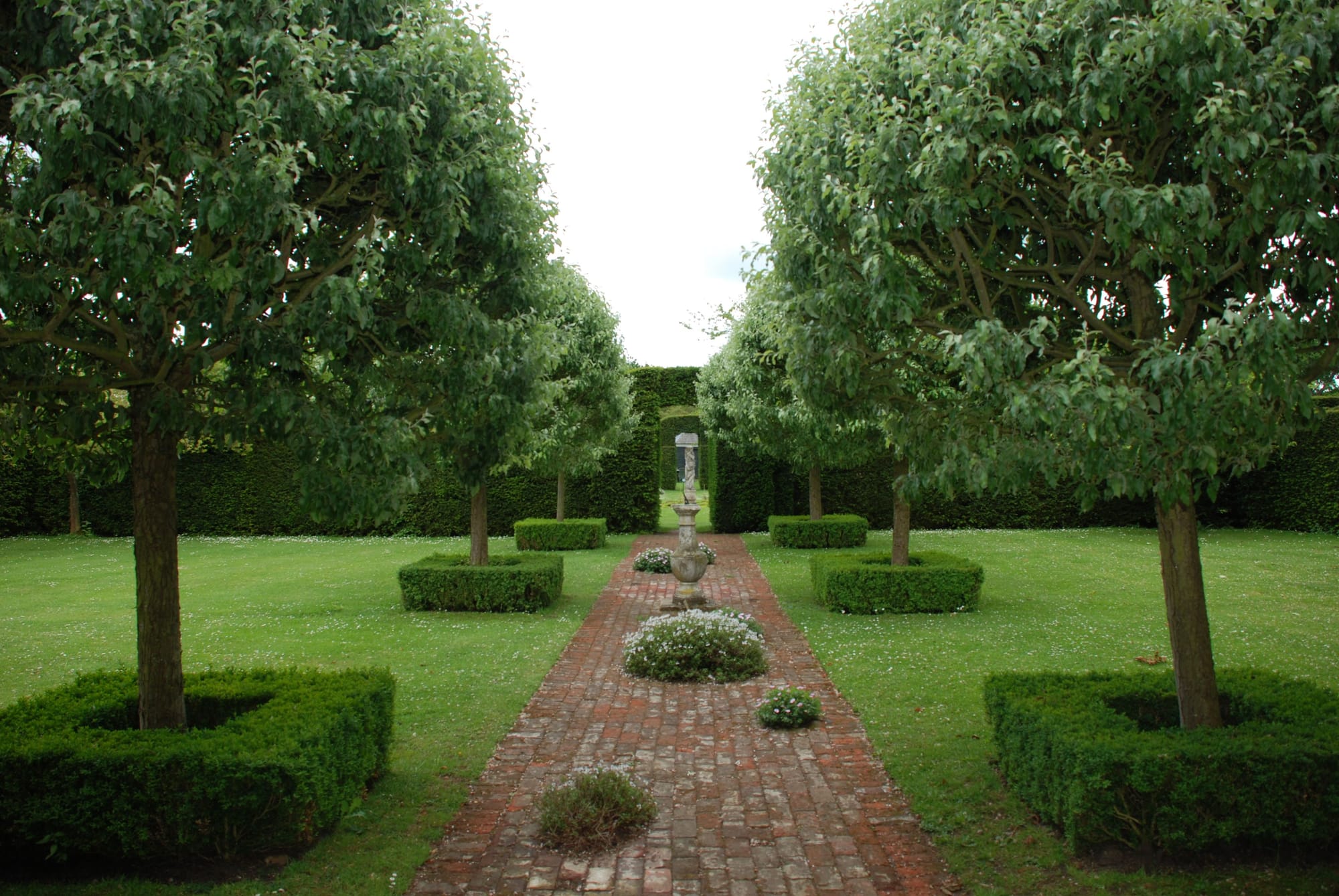
A circular layout creates a visually appealing focal point. Place a birdbath, fountain, or large plant in the center, and surround it with concentric rings of flowers, shrubs, or vegetables. This design is ideal for small yards or as a standalone feature.
3. Cottage Garden Layout
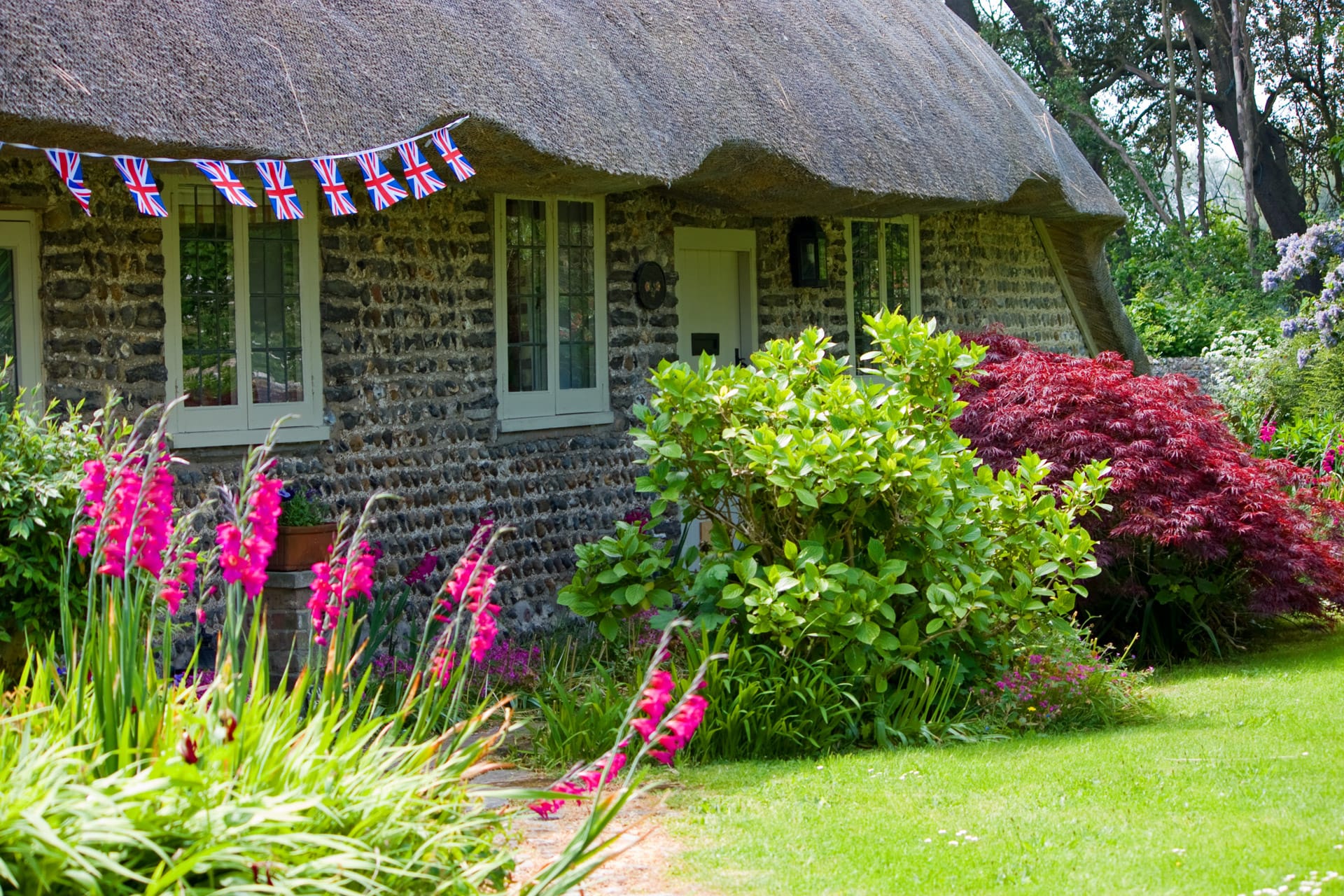
Cottage gardens are known for their informal, lush appearance. Mix perennials, annuals, and climbing plants in a seemingly random but harmonious arrangement. Add winding pathways and rustic elements like wooden benches or trellises.
4. Square Foot Gardening
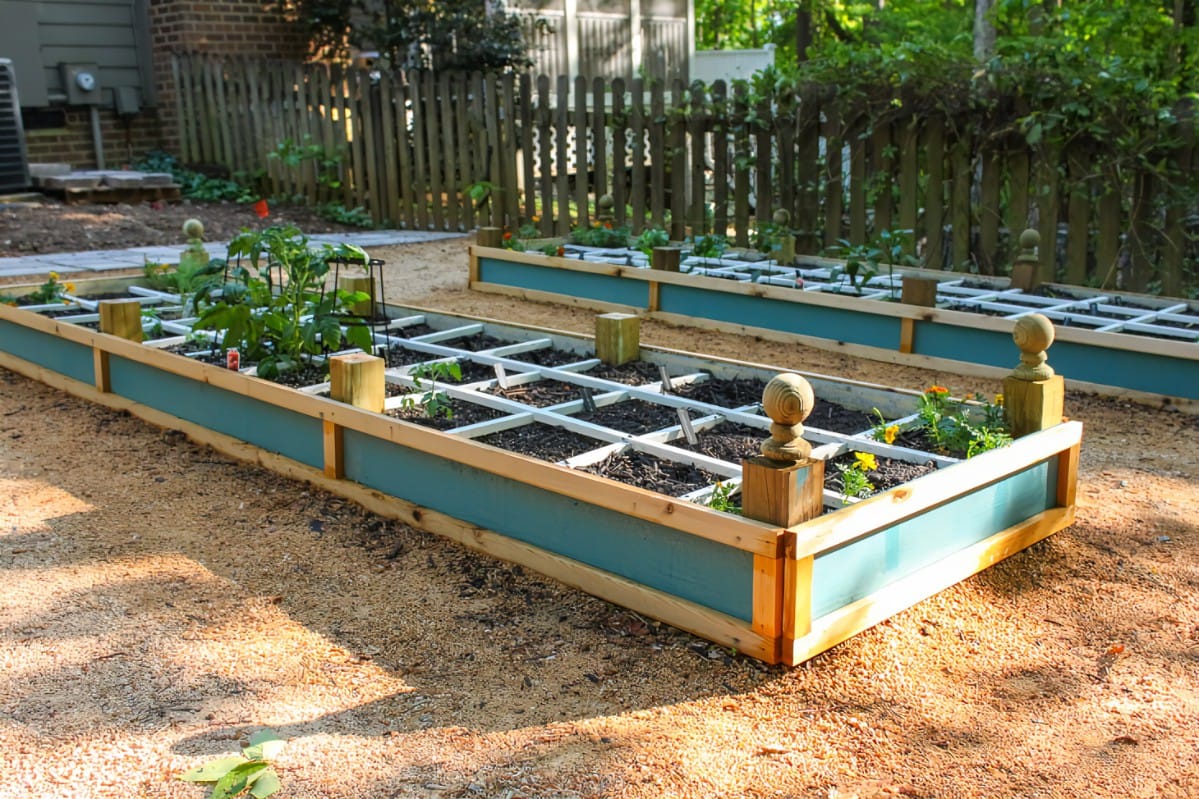
Square foot gardening divides your garden into small, manageable sections. Each square is planted with a different crop or flower, making it easy to rotate plants and maximize space. This layout is perfect for beginners and small spaces.
5. Vertical Garden Plan
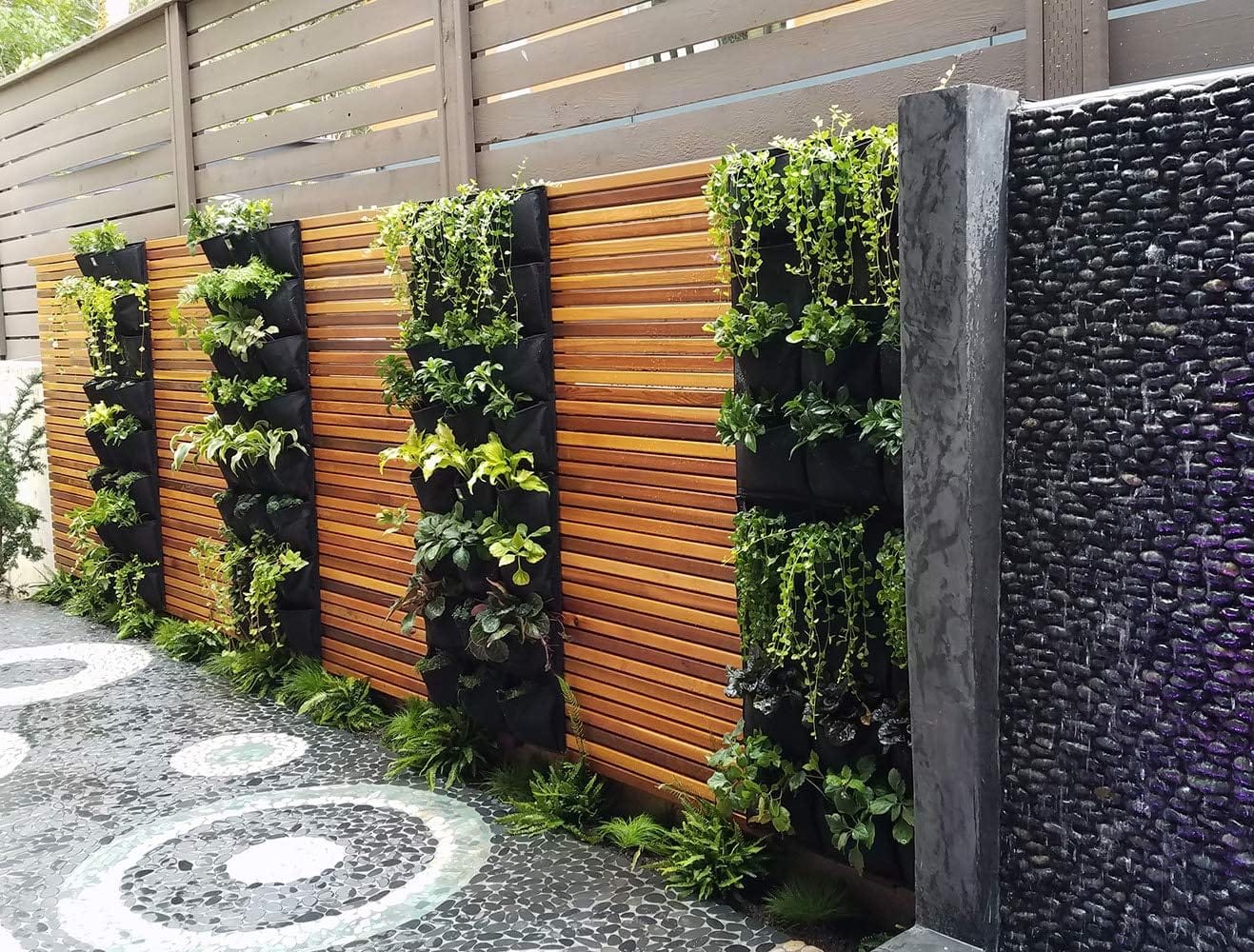
If you’re short on space, go vertical! Use trellises, wall-mounted planters, or hanging baskets to grow climbing plants, herbs, or flowers. This layout is ideal for urban gardens, balconies, or small patios.
6. Four-Square Garden Layout

The four-square layout divides your garden into four equal sections, often with a central feature like a fountain or statue. Each section can be dedicated to a different type of plant, such as vegetables, herbs, flowers, or shrubs.
7. Wildflower Meadow Design
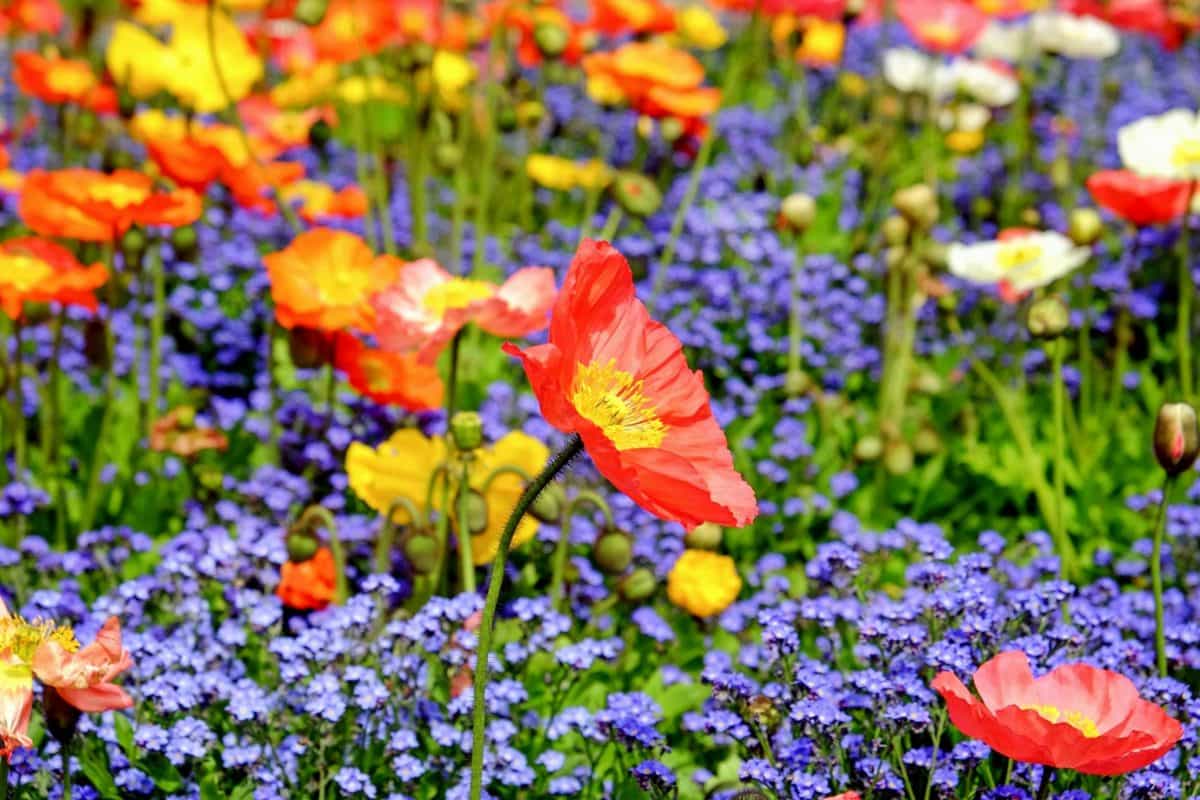
Create a low-maintenance wildflower meadow by scattering native wildflower seeds in a sunny area. This layout is perfect for attracting pollinators and adding a natural, untamed look to your garden.
8. Formal Garden Layout
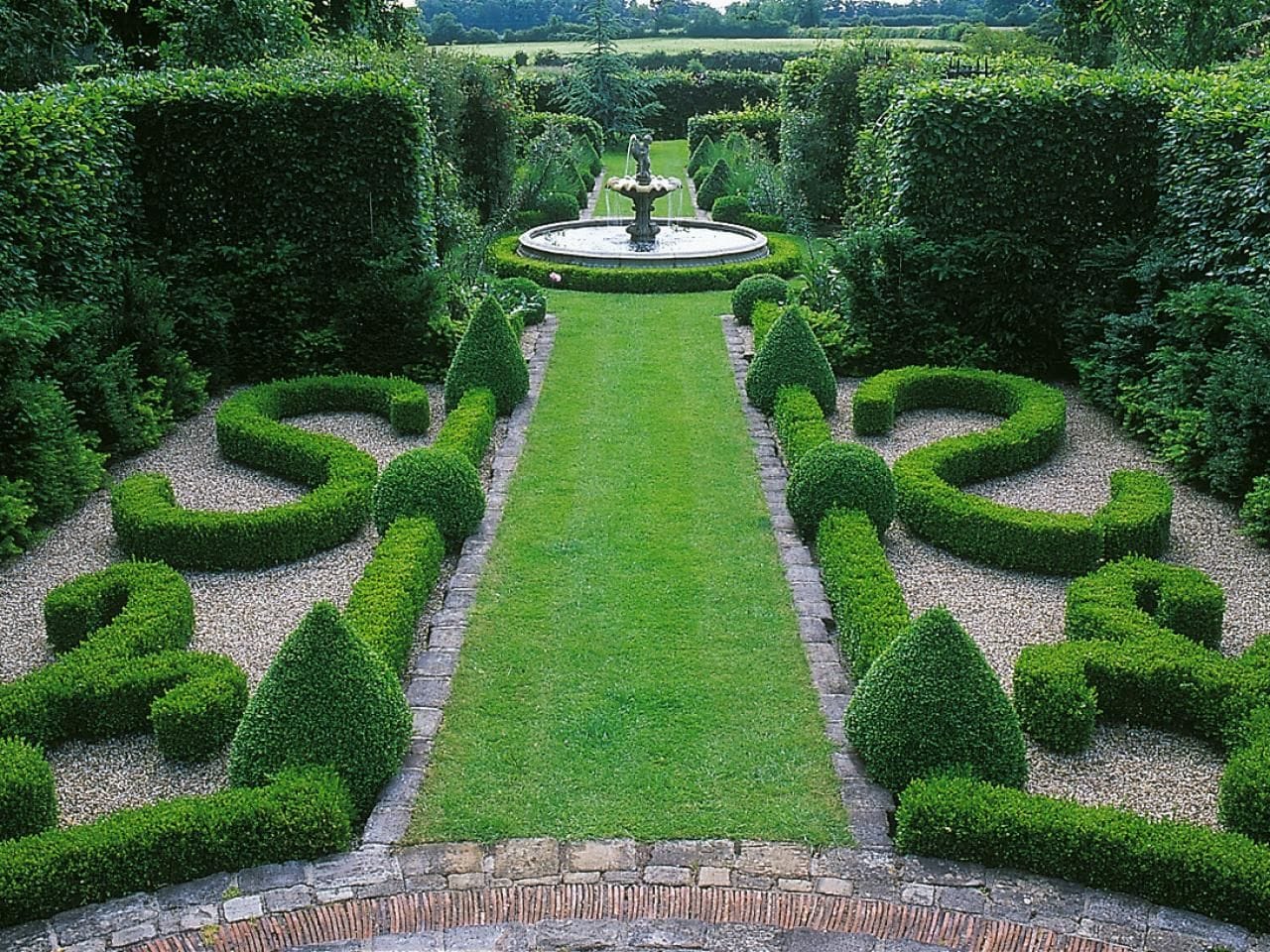
A formal garden features symmetrical designs, geometric shapes, and structured elements like hedges, topiaries, and fountains. This layout is ideal for large spaces and adds a touch of elegance to your outdoor area.
9. Container Garden Plan
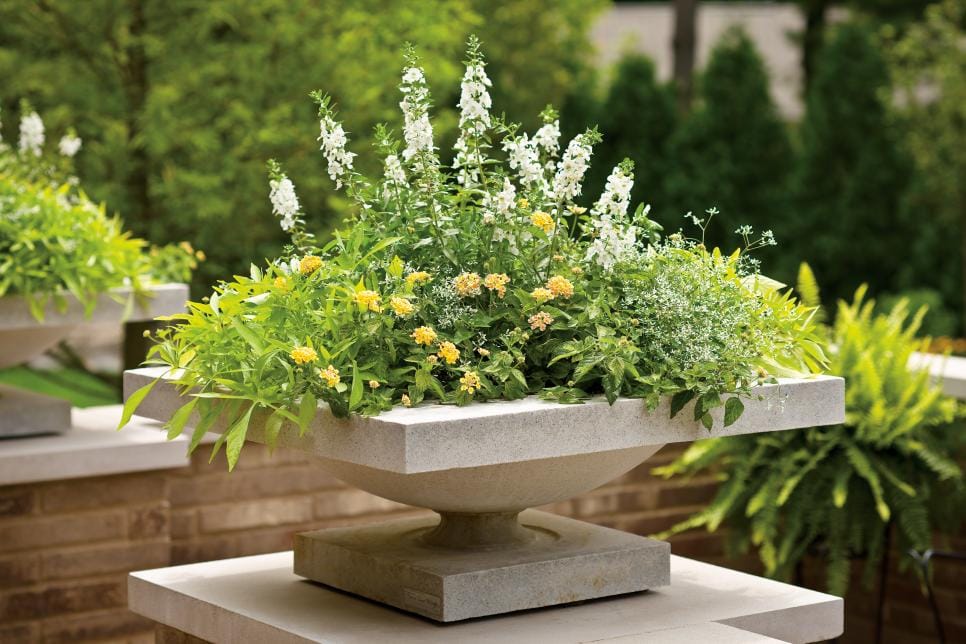
Container gardening is perfect for small spaces or renters. Arrange pots of different sizes and shapes to grow flowers, herbs, or vegetables. Group them by height or color for a cohesive look.
10. Herb Spiral Design
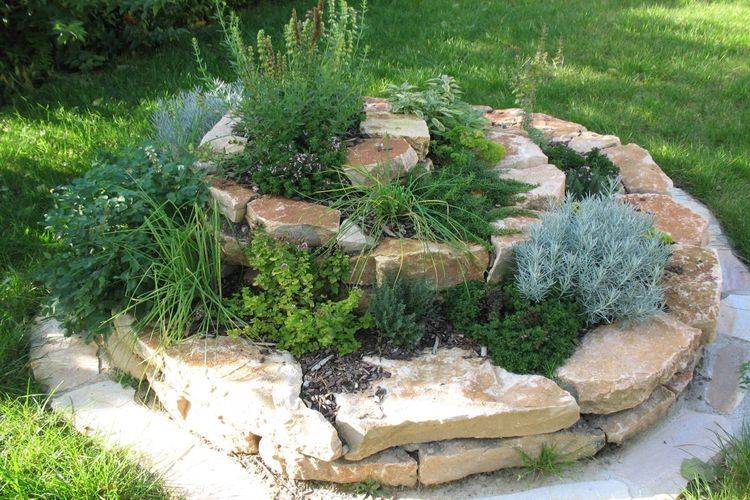
An herb spiral is a compact, vertical garden that maximizes space and creates microclimates for different herbs. Build a spiral-shaped wall using stones or bricks, and plant herbs like basil, thyme, and rosemary.
11. Butterfly Garden Layout
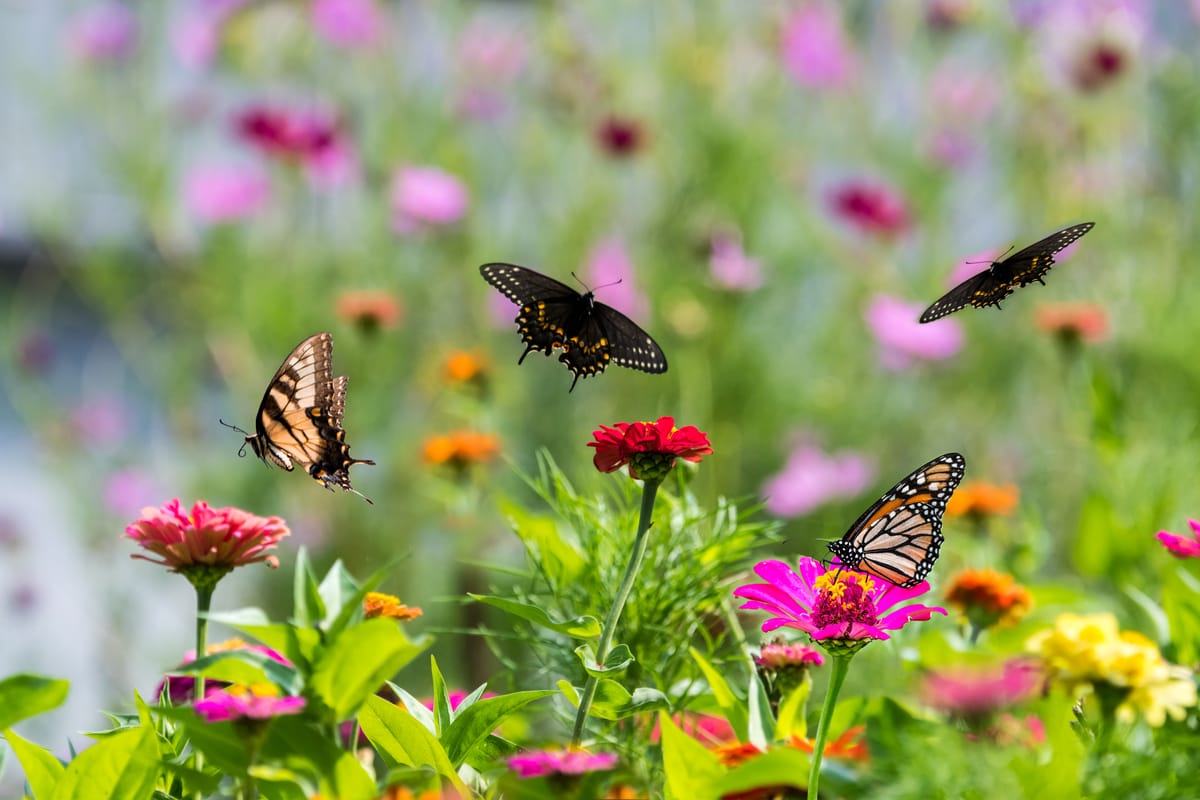
Design a garden to attract butterflies by planting nectar-rich flowers like milkweed, lavender, and coneflowers. Add a shallow water feature and flat stones for basking.
12. Shade Garden Plan
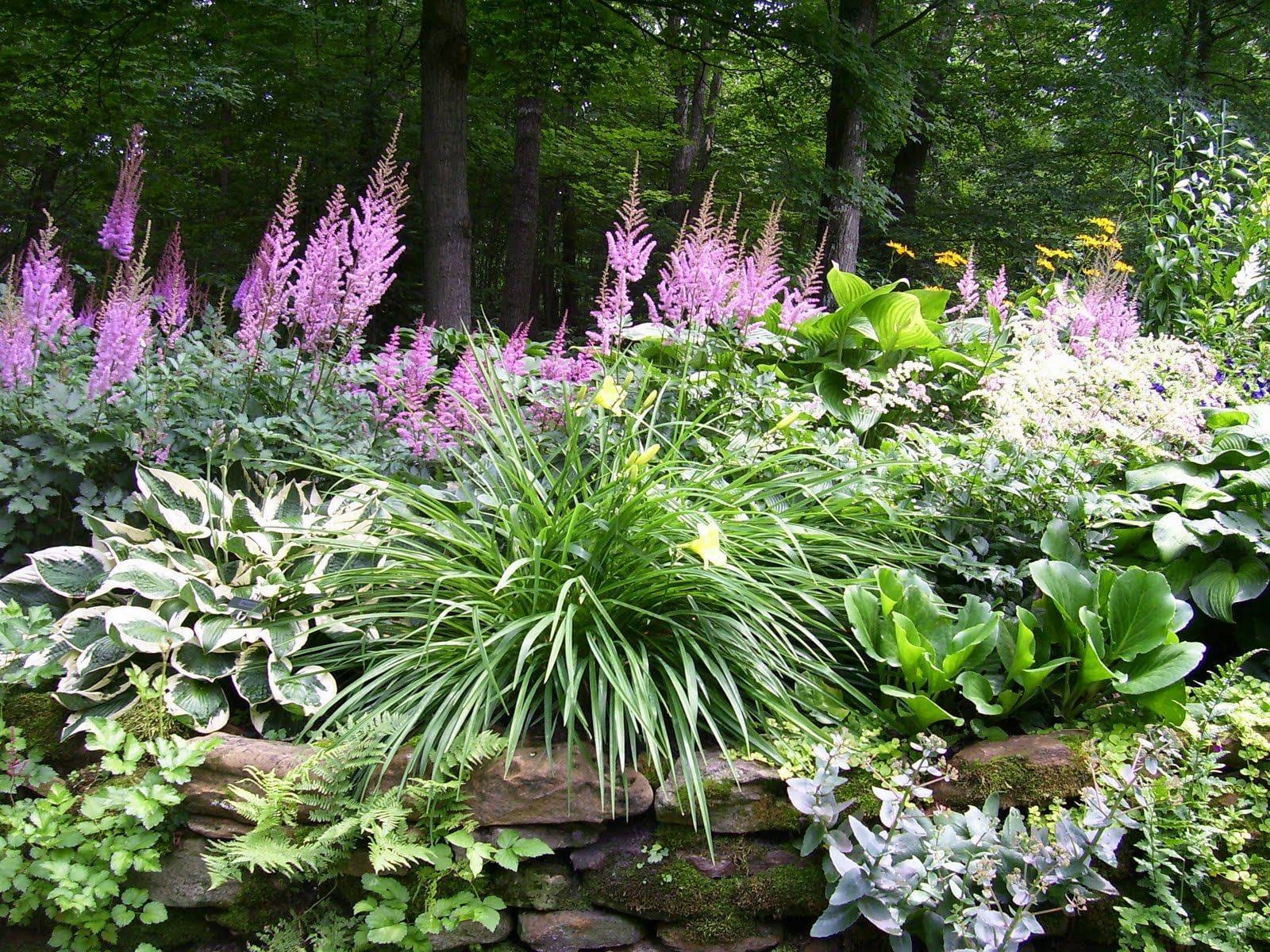
For areas with limited sunlight, create a shade garden with plants like ferns, hostas, and astilbes. Use mulch to retain moisture and add texture with rocks or moss.
13. Edible Landscape Design
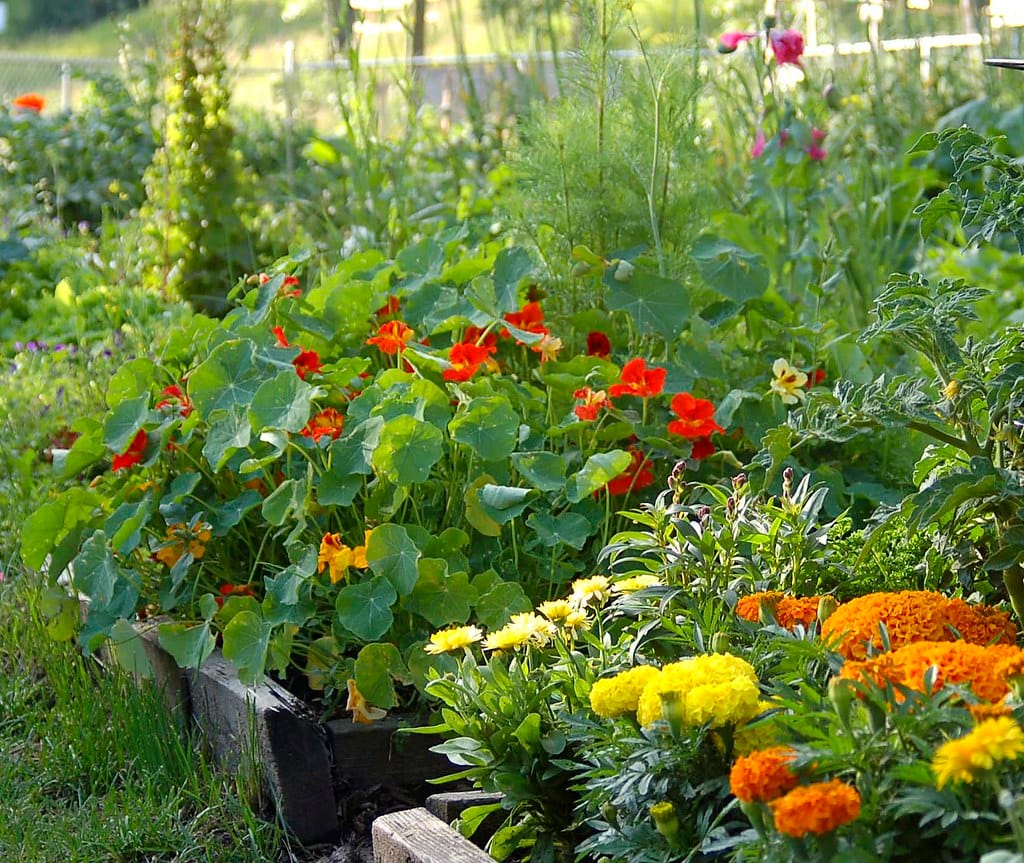
Combine beauty and functionality by integrating edible plants into your landscape. Plant fruit trees, berry bushes, and vegetable beds alongside ornamental plants for a productive and attractive garden.
14. Zen Garden Layout
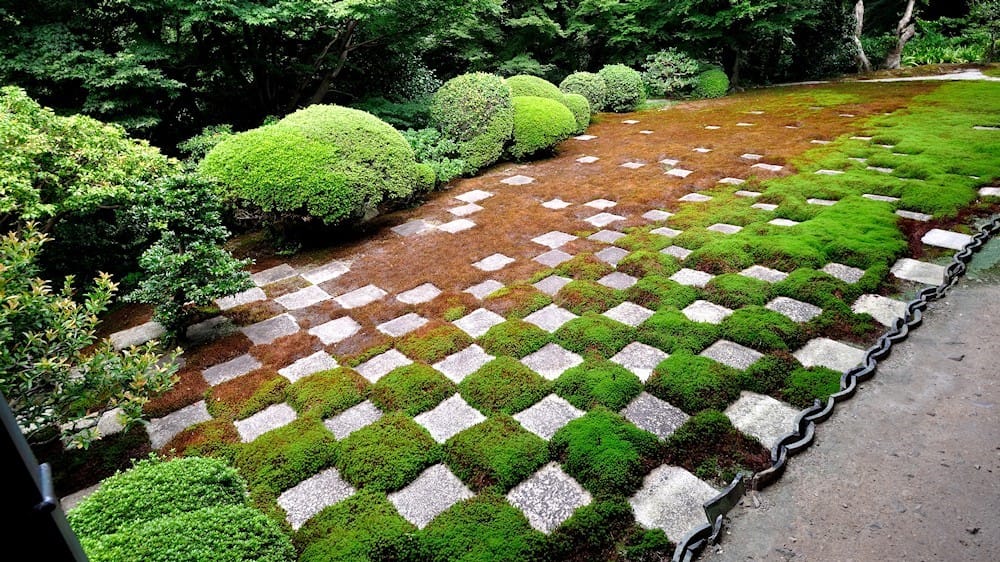
A Zen garden is a peaceful retreat featuring raked gravel, rocks, and minimalist plants like moss or small shrubs. Add a water feature or bamboo fence for a calming atmosphere.
15. Pollinator-Friendly Garden Plan
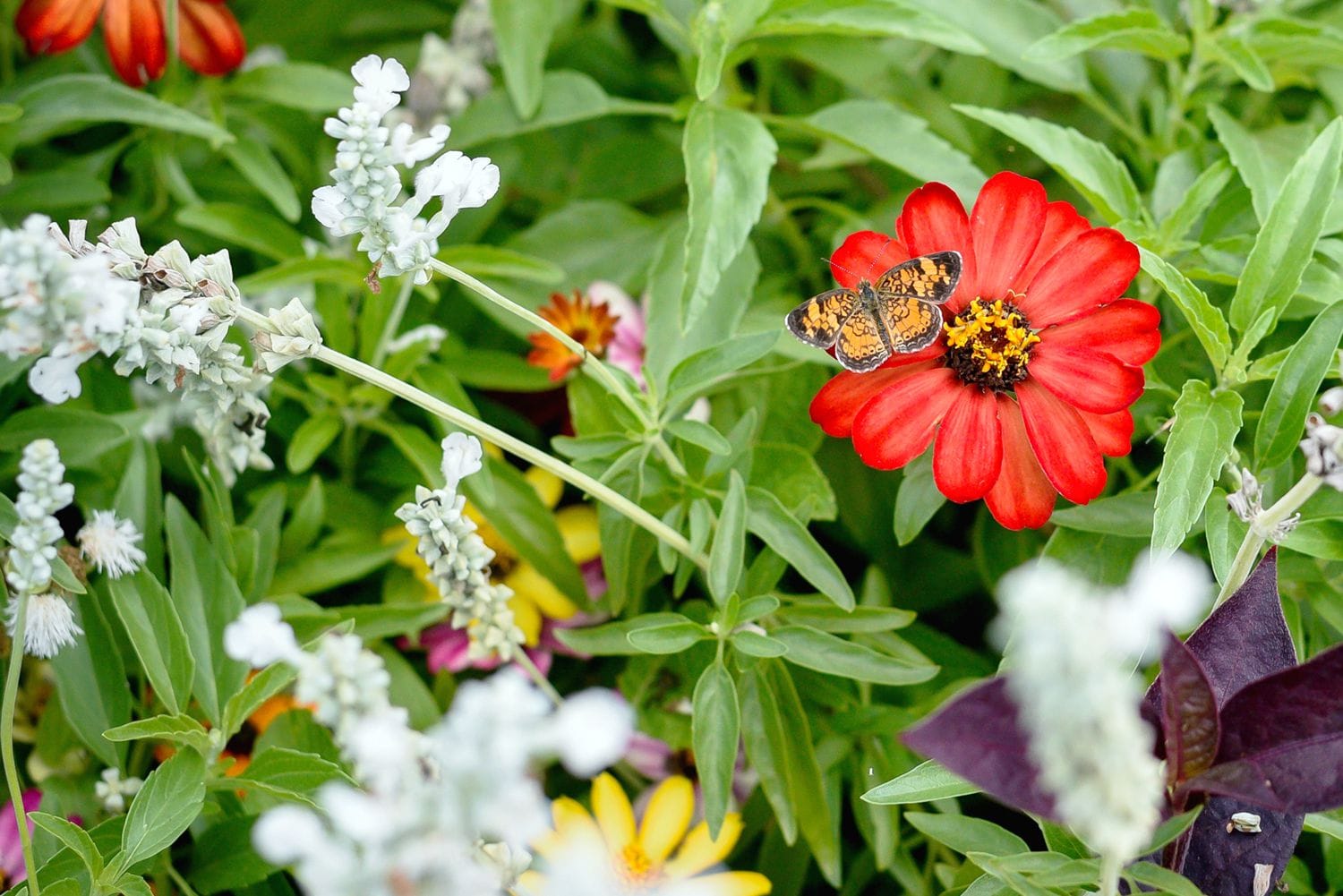
Support local pollinators by planting a variety of native flowers, shrubs, and trees. Include plants that bloom at different times of the year to provide a continuous food source.
16. Tropical Garden Layout
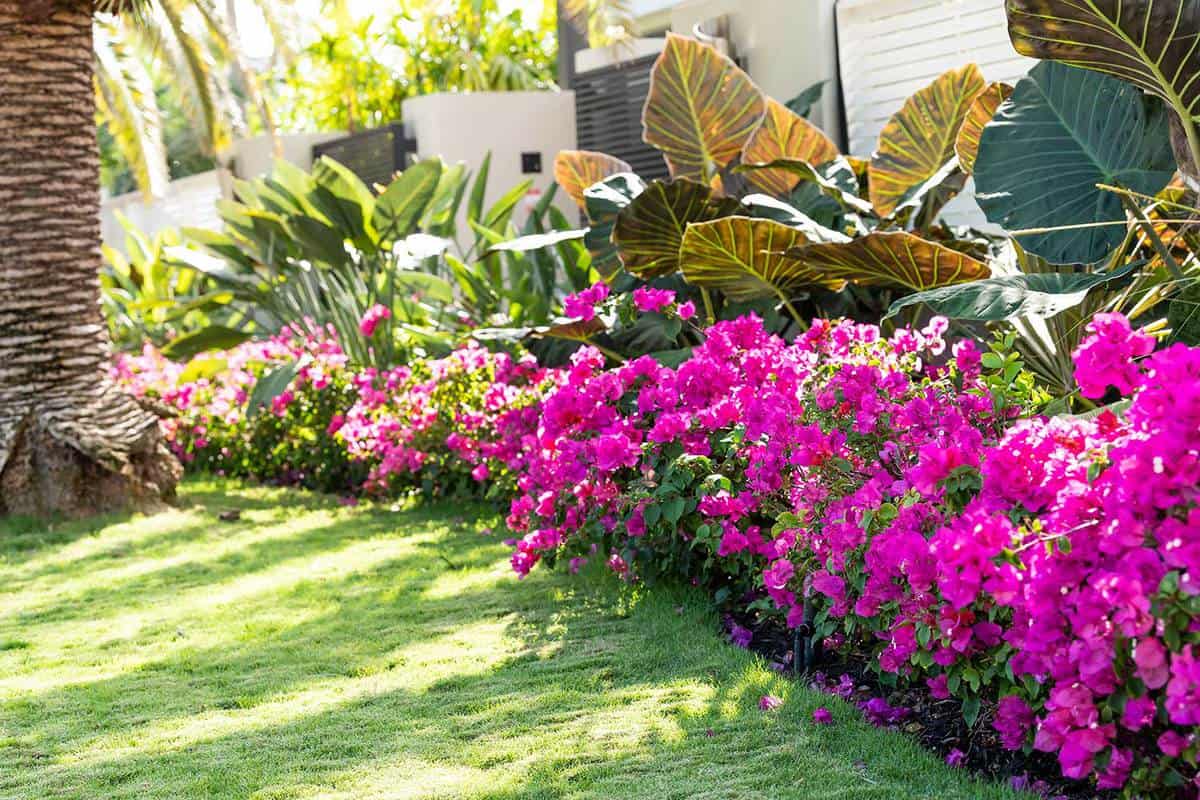
Create a lush, tropical garden with plants like palms, hibiscus, and bird-of-paradise. Add a water feature or tiki torches for an exotic vibe.
17. Rock Garden Design
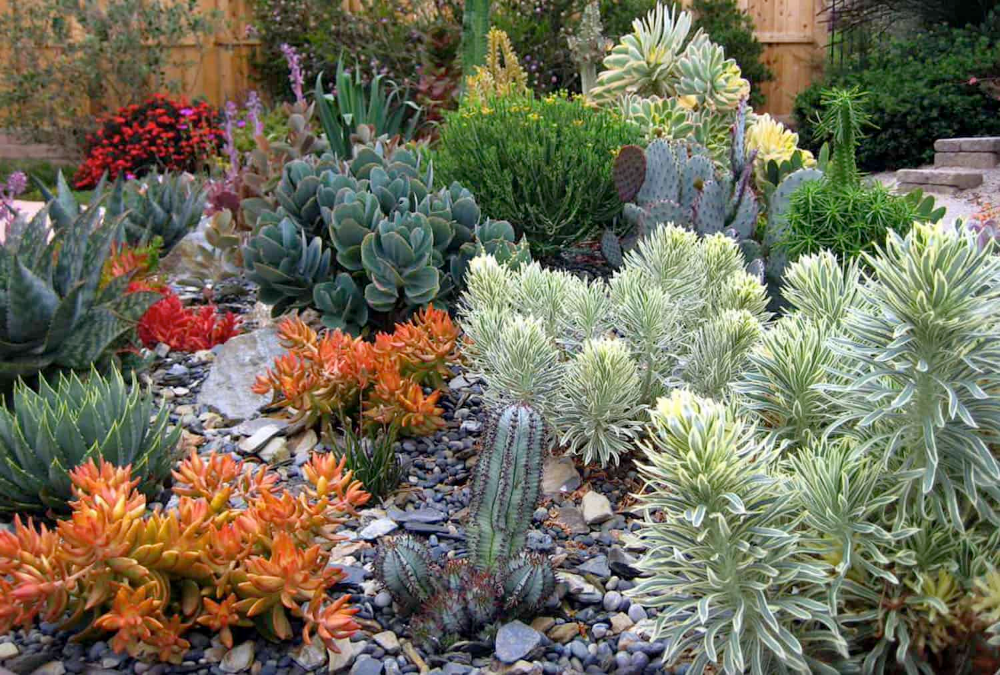
A rock garden is perfect for dry, sunny areas. Use rocks of varying sizes to create levels and plant drought-tolerant species like succulents, sedums, and alpine plants.
18. Kitchen Garden Plan
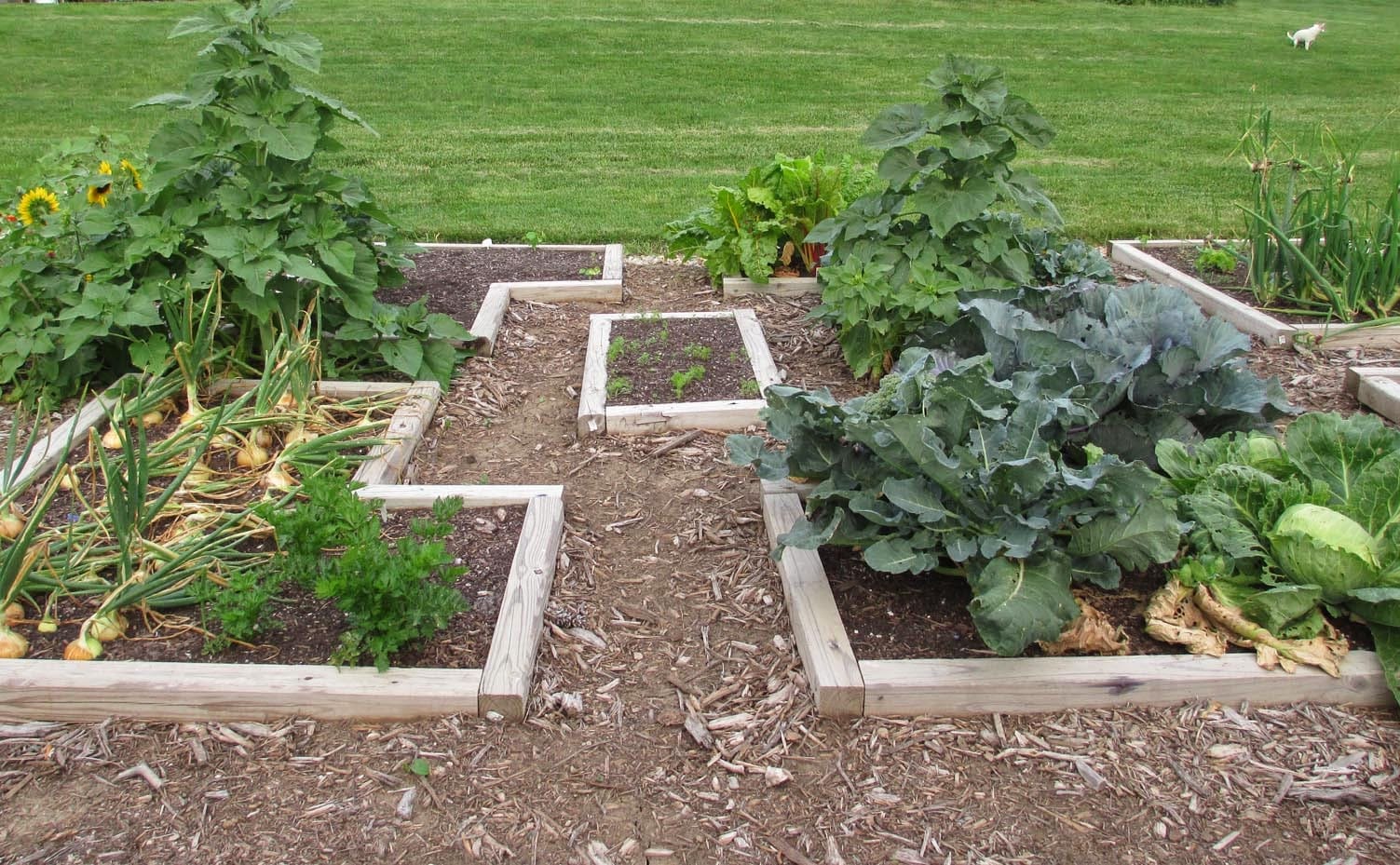
Design a kitchen garden near your home for easy access to fresh herbs and vegetables. Include raised beds, trellises, and containers for a functional and attractive layout.
19. Moon Garden Layout
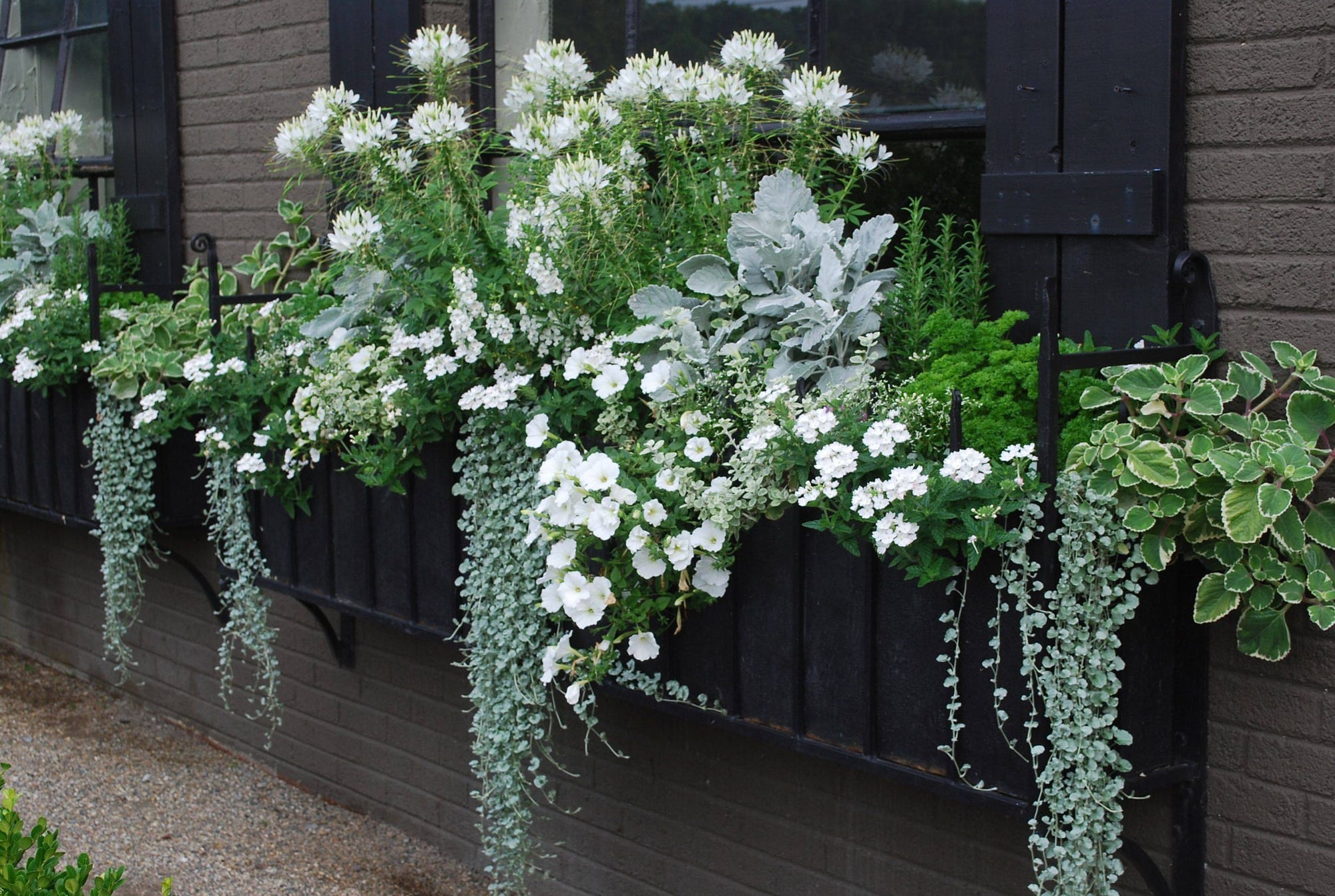
A moon garden features white or silver plants that glow in the moonlight. Include flowers like moonflowers, white roses, and lamb’s ear for a magical nighttime display.
20. Rain Garden Design

A rain garden helps manage stormwater runoff while providing habitat for wildlife. Plant native species that thrive in wet conditions, and design the garden to channel water effectively.
21. Children’s Garden Plan
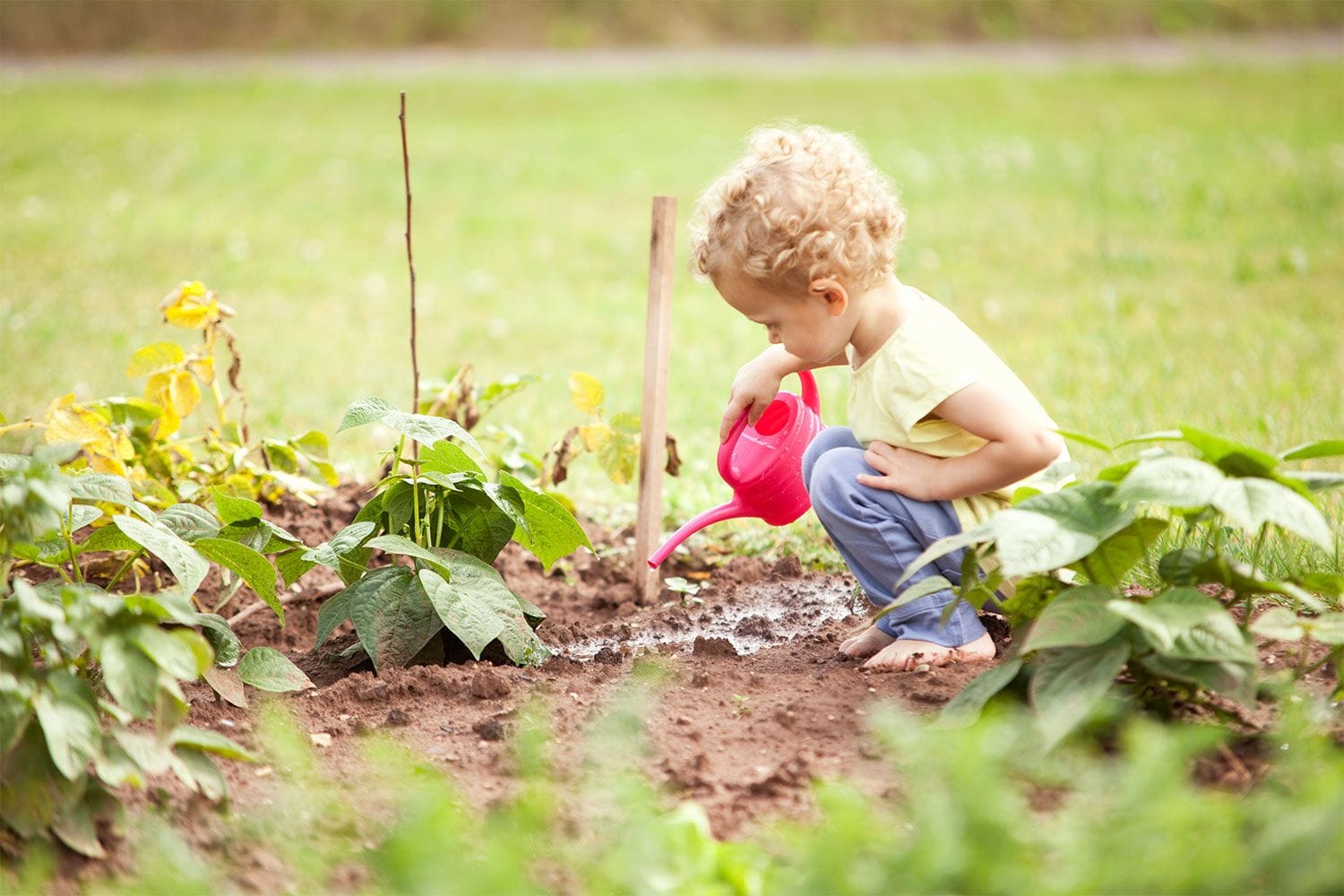
Create a garden that sparks kids’ curiosity with fun elements like sunflower houses, bean teepees, and sensory plants. Include easy-to-grow flowers and vegetables for hands-on learning.
22. Mediterranean Garden Layout
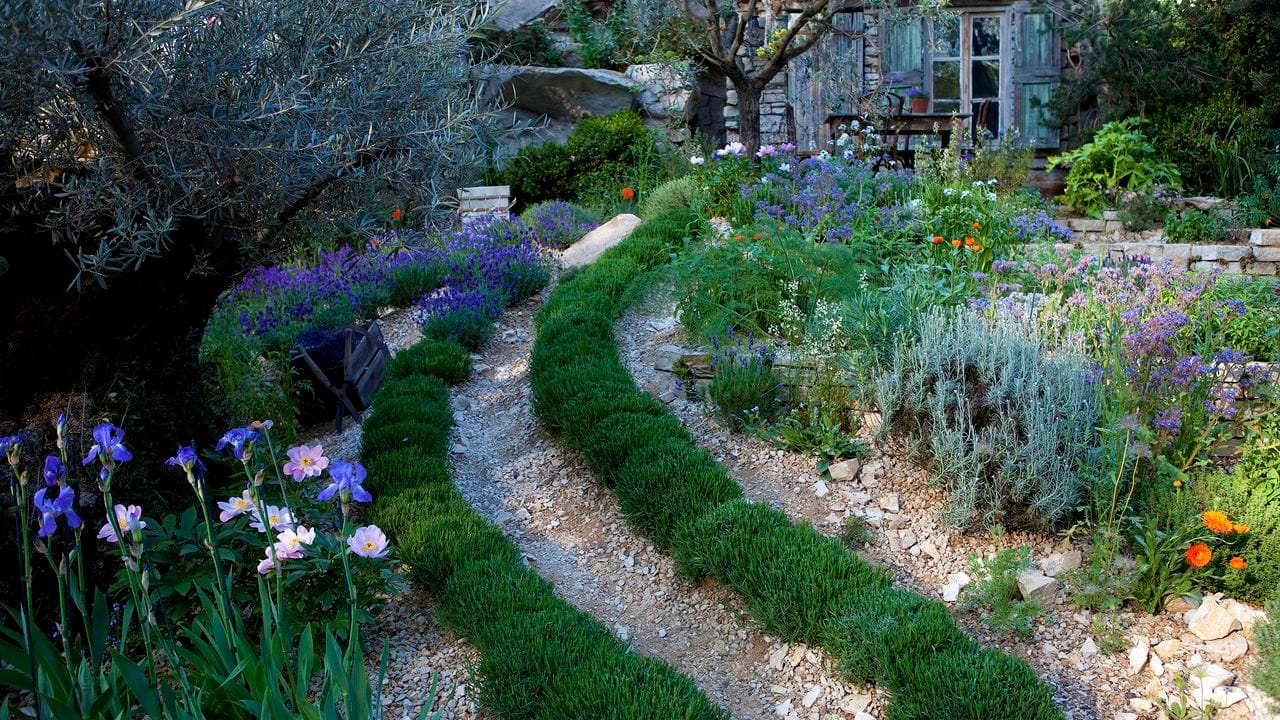
A Mediterranean garden features drought-tolerant plants like lavender, rosemary, and olive trees. Use gravel pathways and terracotta pots for an authentic look.
23. Perennial Border Design
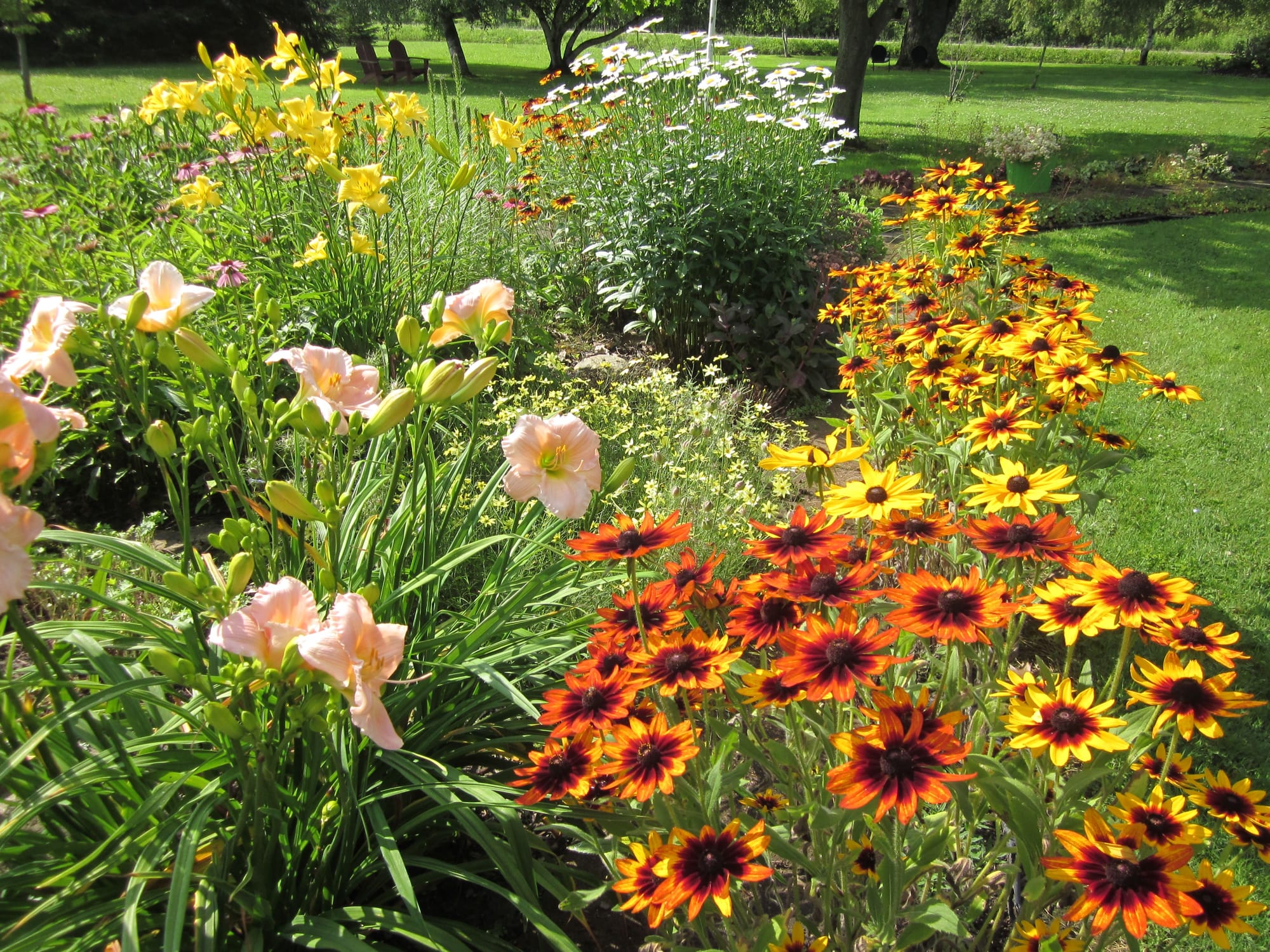
A perennial border provides year-round interest with plants of varying heights and bloom times. Layer plants from front to back, starting with low-growing flowers and ending with tall shrubs or grasses.
24. Rooftop Garden Plan
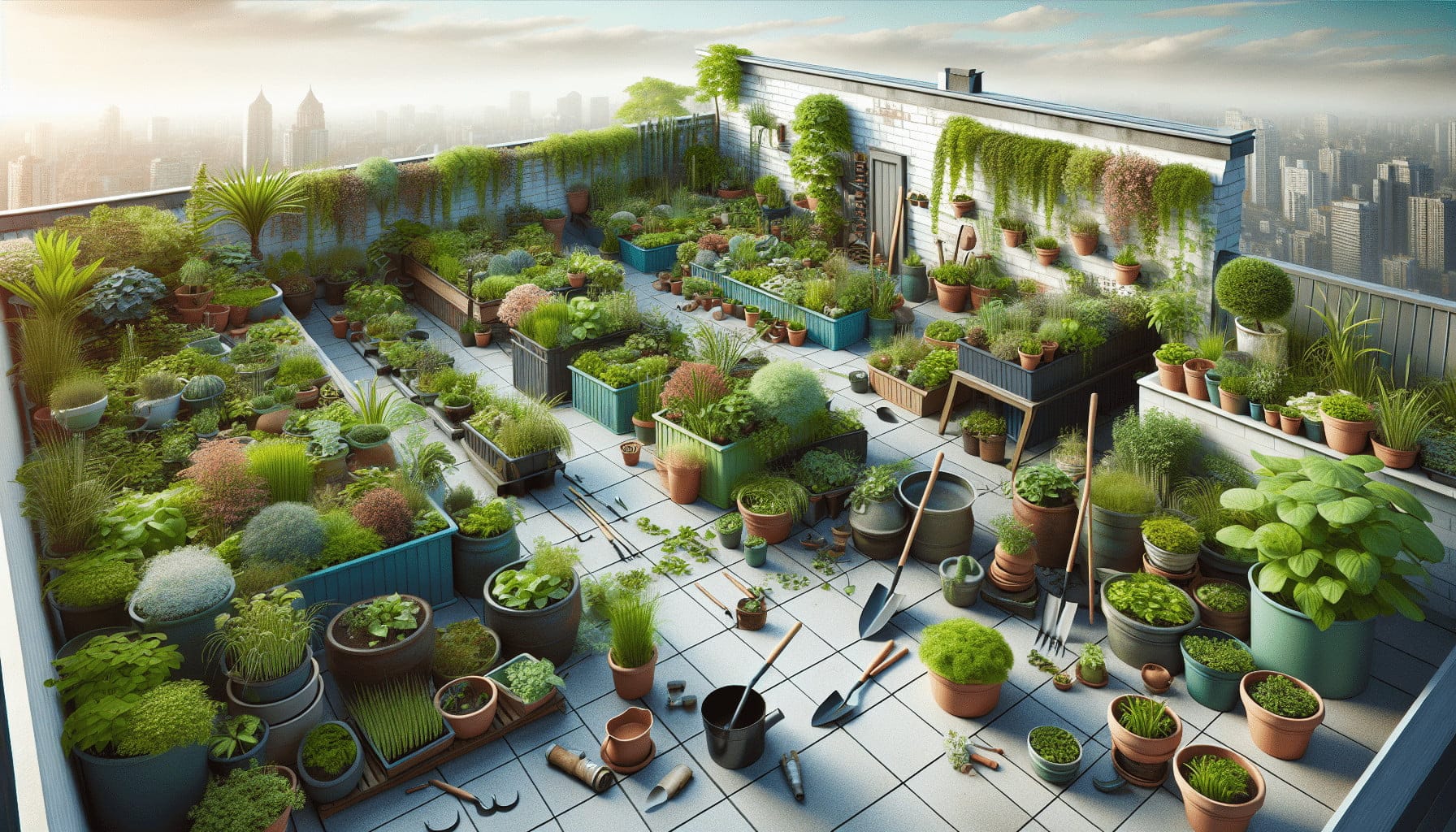
Transform your rooftop into a green oasis with lightweight containers, vertical gardens, and comfortable seating. Choose plants that can withstand wind and sun exposure.
25. Seasonal Garden Layout

Design your garden to showcase the beauty of each season. Plant spring bulbs, summer perennials, fall foliage, and winter evergreens for year-round color and interest.
By experimenting with these garden plans and layouts, you can create a space that reflects your personality and meets your gardening goals. Whether you’re growing food, attracting wildlife, or simply enjoying the beauty of nature, the right design will make your garden a joy to tend and admire. Happy gardening!

